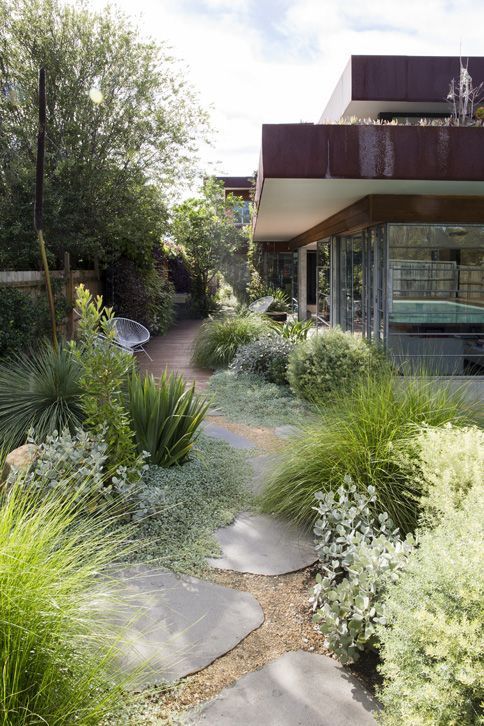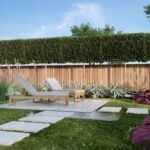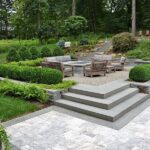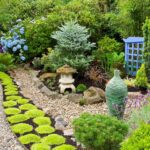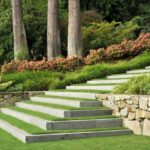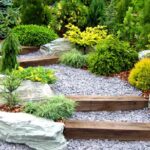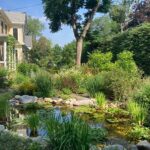Garden design landscape is an essential aspect of creating a beautiful outdoor space that is both functional and aesthetically pleasing. A well-designed garden can enhance the overall look and feel of a property, providing a relaxing and inviting environment for homeowners and visitors alike. From choosing the right plants and materials to creating a sense of harmony and balance, there are many factors to consider when designing a garden landscape.
One of the first steps in garden design landscape is to carefully plan out the layout of the space. This involves taking into consideration the size and shape of the area, as well as any existing structures or features that will need to be worked around. By creating a detailed plan, homeowners can ensure that their garden is both visually appealing and practical for their needs.
Choosing the right plants for a garden is another key aspect of landscape design. Plants can add color, texture, and fragrance to a garden, creating a sensory experience for those who visit. When selecting plants, it is important to consider factors such as sunlight exposure, soil type, and climate to ensure that they will thrive in the chosen location. Additionally, incorporating a variety of plant types can help create a dynamic and visually interesting garden landscape.
In addition to plants, incorporating hardscaping elements such as pathways, walls, and patios can help define and structure a garden landscape. These features can help create focal points and flow within the space, as well as provide functionality for outdoor activities such as seating or dining. By carefully incorporating hardscaping elements into the design, homeowners can create a cohesive and well-balanced garden landscape.
Creating a sense of harmony and balance within a garden landscape is essential for achieving a harmonious and visually appealing outdoor space. This can be achieved through careful placement of plants, using a mix of colors and textures, and creating focal points or areas of interest. By carefully considering the overall design and ensuring that each element complements the others, homeowners can create a garden landscape that is both visually stunning and inviting.
Finally, maintenance and care are important considerations in garden design landscape. Regular pruning, weeding, and watering are essential for keeping a garden looking its best and ensuring that plants remain healthy and vibrant. By dedicating time and effort to maintaining a garden, homeowners can enjoy a beautiful outdoor space for years to come.
